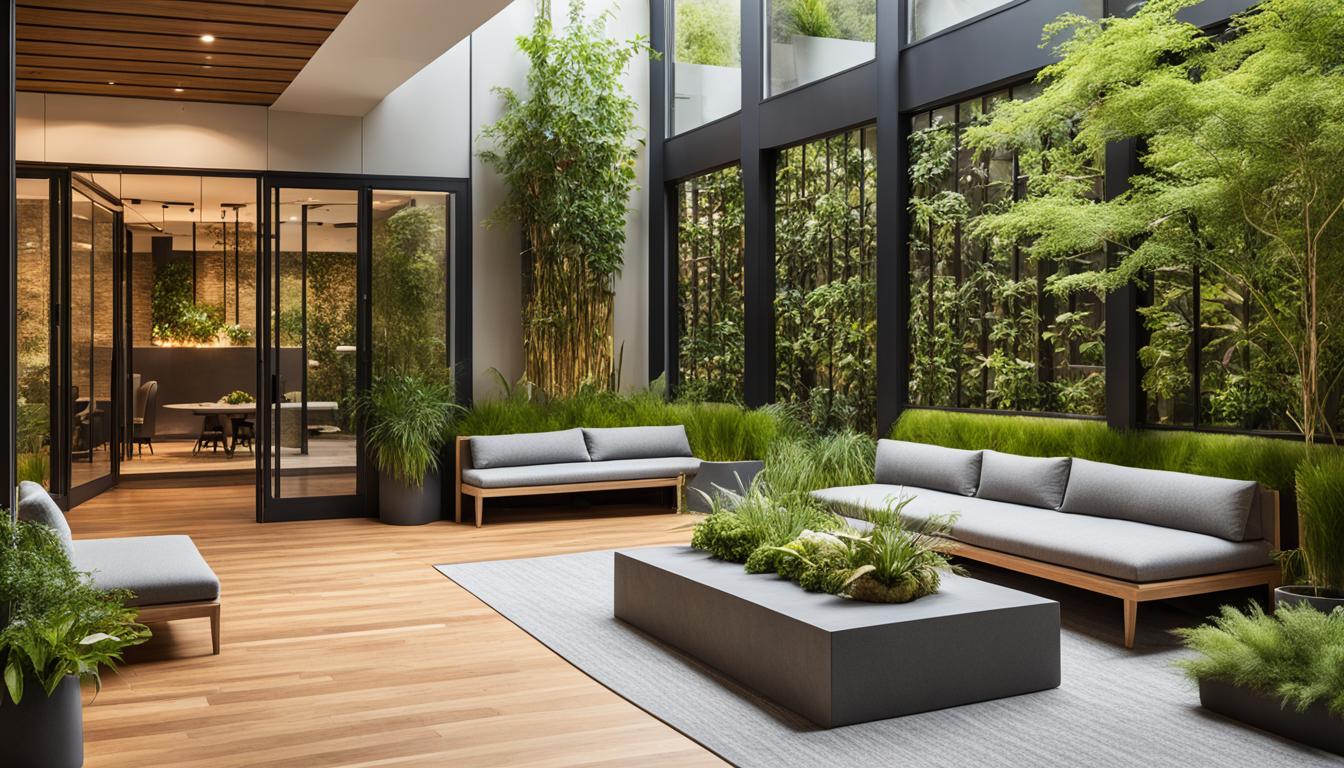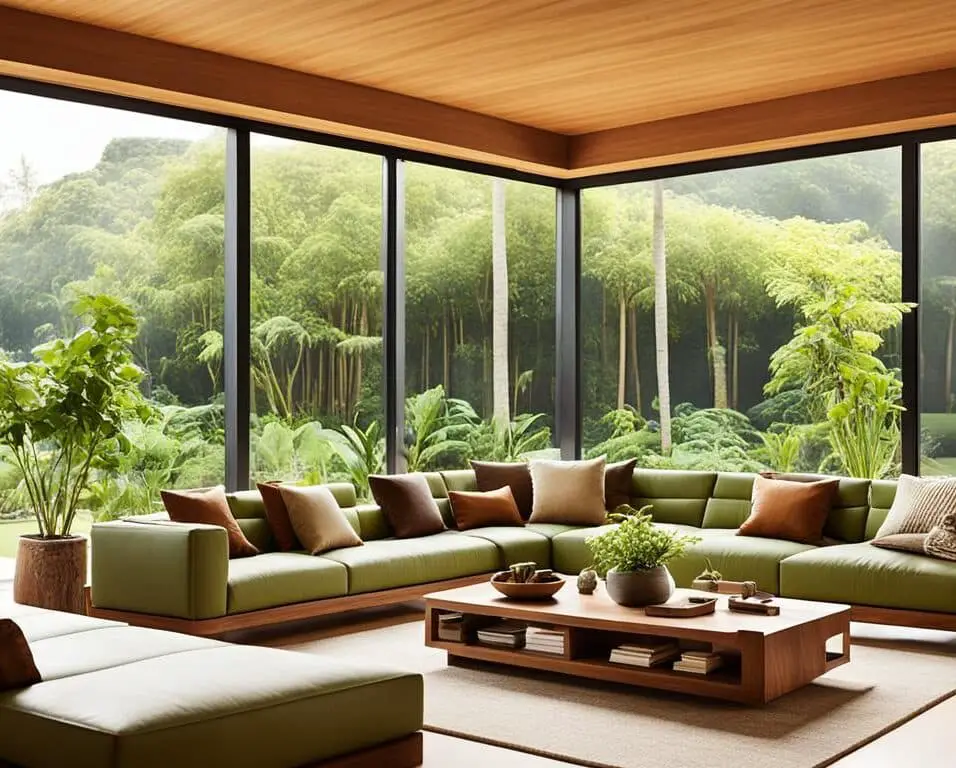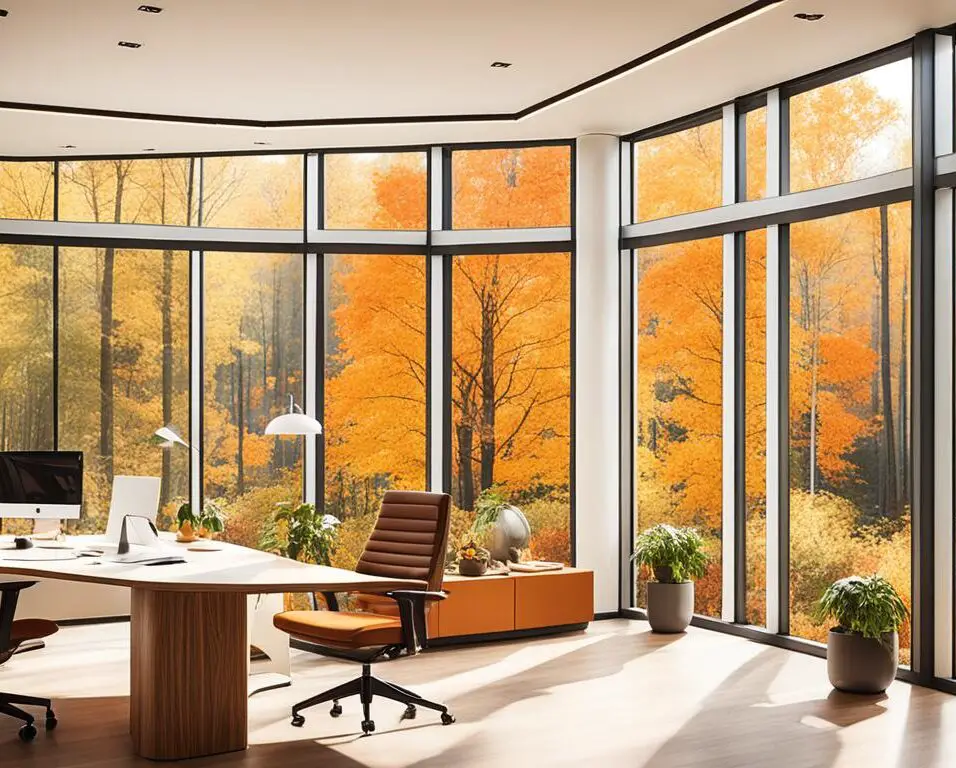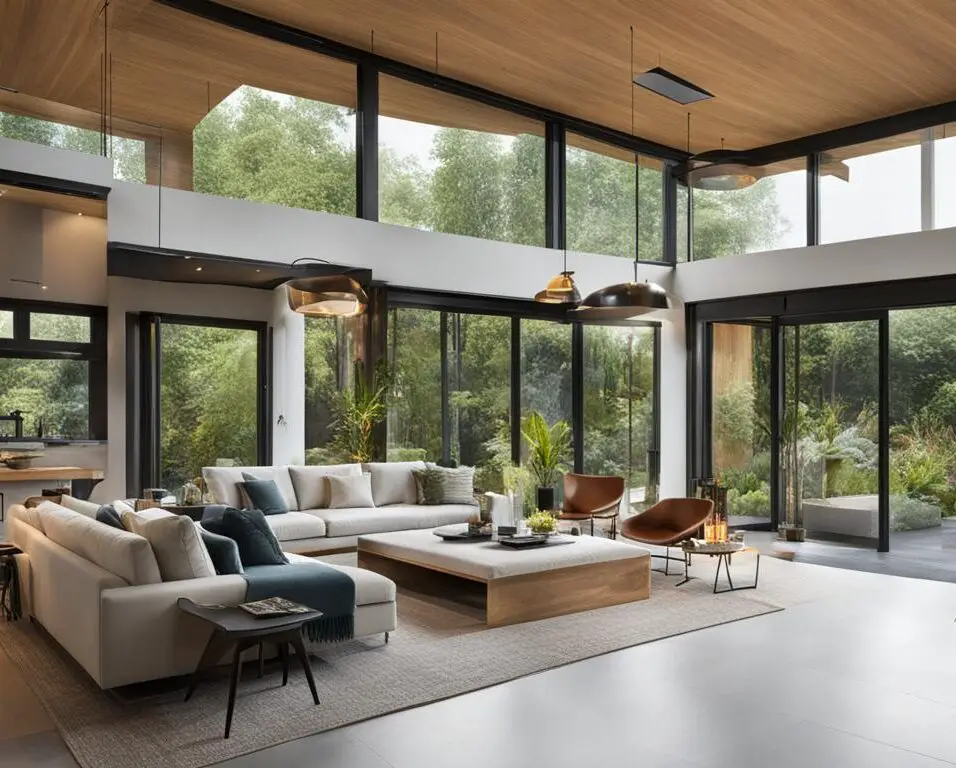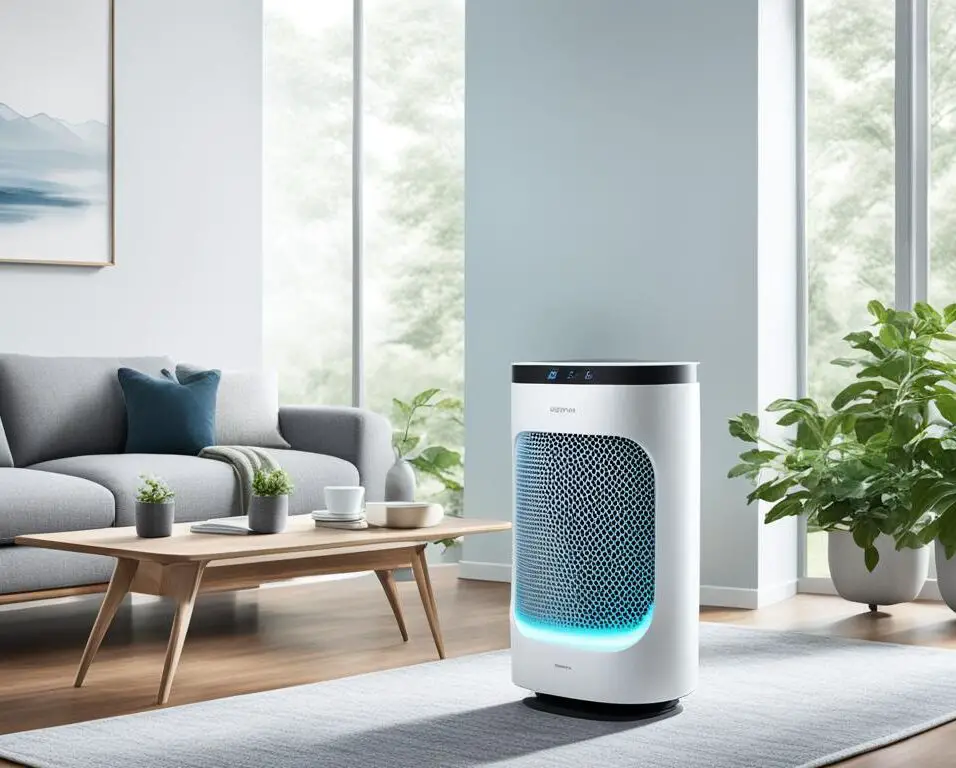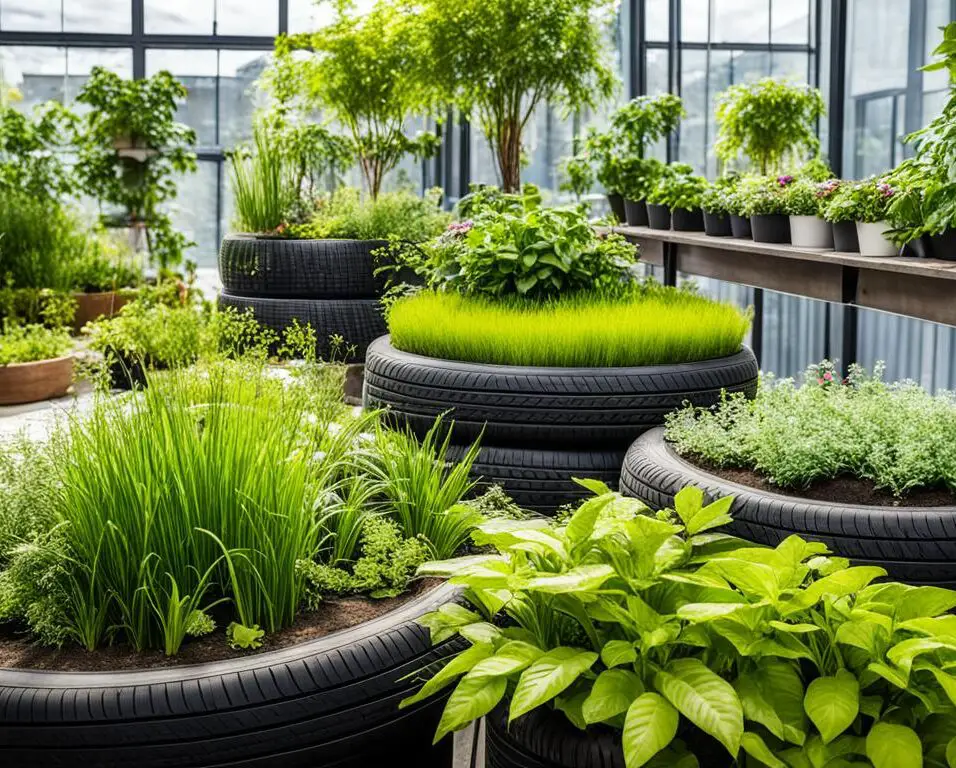Blurring Boundaries: The Indoor-Outdoor Connection in Biophilic Design
The indoor-outdoor connection in biophilic design is an essential element that enhances the harmony between nature and living spaces. As an architect, I have witnessed firsthand the transformative power of incorporating natural elements and features into interior designs. This design approach creates a seamless transition between the indoors and outdoors, allowing individuals to connect with nature while enjoying the comforts of their homes.
Biophilic design revolves around the concept of bringing nature into our living spaces, recognizing the profound impact it has on our well-being. By blurring the boundaries between the indoor and outdoor realms, we can create a sense of tranquility, inspiration, and balance in our daily lives.
Imagine waking up to the soft rays of sunlight filtering through expansive windows, inviting the sights and sounds of the natural world into your bedroom. Or stepping into a living room that seamlessly flows into a lush garden, with the fragrance of flowers and the gentle rustling of leaves filling the air. These experiences are at the heart of biophilic design, and they have the power to transform our relationship with our living spaces.
Key Takeaways:
- The indoor-outdoor connection in biophilic design enhances the harmony between nature and living spaces.
- Biophilic design incorporates natural elements and features to create a seamless transition between the indoors and outdoors.
- By bringing nature into our living spaces, biophilic design promotes well-being and a sense of tranquility.
- Expansive windows and gardens are key elements of biophilic design, allowing individuals to connect with the outdoors.
- Blurring the boundaries between indoors and outdoors fosters a deeper connection with nature and creates a harmonious living environment.
Sustainable Materials in Biophilic Design
In the realm of biophilic design, the integration of sustainable materials has emerged as a prominent trend. As homeowners become increasingly conscious of their environmental impact, the demand for eco-friendly windows and energy-efficient solutions has risen significantly. This shift towards sustainable materials not only aligns with the principles of biophilic design but also contributes to a more sustainable and eco-conscious living environment.
When it comes to choosing windows for biophilic design, homeowners are gravitating towards those crafted from recycled or sustainable materials. These materials not only minimize the depletion of natural resources but also offer excellent energy efficiency, enhancing the overall energy performance of the building.
Energy efficiency is a fundamental aspect of sustainable design, and windows play a crucial role in achieving it. By opting for windows made from sustainable materials, homeowners can effectively reduce energy consumption within their living spaces. This results in lower utility bills and a lighter environmental footprint.
There are various types of sustainable materials used in the manufacturing of windows for biophilic design. These include:
- Recycled Aluminum: Windows made from recycled aluminum are not only durable but also highly sustainable. Recycling aluminum requires significantly less energy compared to producing it from raw materials, making it an ideal choice for eco-conscious homeowners.
- Wood: Sourced from sustainably managed forests, wooden windows add a touch of natural warmth and beauty to biophilic design. The use of responsibly harvested wood reduces deforestation and promotes the environmentally-friendly production of windows.
- Composite Materials: Composite materials, such as those made from recycled plastic or sustainable fibers, provide excellent durability and insulation properties. These eco-friendly alternatives to traditional window materials are gaining popularity in biophilic design.
By embracing sustainable materials in biophilic design, homeowners can create a more environmentally-friendly and energy-efficient living space. Not only do these materials minimize the impact on the planet, but they also contribute to the overall well-being of individuals by fostering a connection with nature and promoting a sustainable lifestyle.
Sustainable Materials Comparison
| Material | Advantages | Disadvantages |
|---|---|---|
| Recycled Aluminum | Durable, energy-efficient, and recyclable | Can be more expensive than other materials |
| Wood | Natural and aesthetically pleasing, offers good insulation | Requires regular maintenance and can be susceptible to moisture damage |
| Composite Materials | Durable, excellent insulation properties, made from recycled materials | May have limited design options |
When choosing sustainable materials for windows in biophilic design, homeowners should consider their specific needs, budget, and preferences. Consulting with professionals and suppliers knowledgeable about sustainable materials can provide valuable guidance in selecting the most suitable option for a biophilic living space.
Intelligent Windows in Biophilic Design
In the realm of biophilic design, intelligent windows are gaining immense popularity among homeowners. These technologically advanced windows offer a range of features that enhance convenience, energy conservation, and the overall living experience. Equipped with cutting-edge technology, intelligent windows seamlessly integrate with home automation systems, ensuring a harmonious and sustainable living environment.
Intelligent windows utilize sensors and automation mechanisms to actively respond to changing environmental conditions. They can automatically modulate the tint levels of the glass based on sunlight intensity, providing optimum natural light while minimizing glare and heat gain. This not only creates a comfortable indoor environment but also promotes energy efficiency by reducing the reliance on artificial lighting and cooling systems.
Additionally, intelligent windows offer UV protection, shielding interiors from harmful rays, and preserving the longevity of furniture, flooring, and other furnishings. The integration of smart technology allows homeowners to effortlessly control and manage their windows through centralized home automation systems, providing ultimate convenience and flexibility.
The seamless integration of intelligent windows with home automation systems allows for effortless control and customization. From remotely adjusting the tint levels to scheduling automatic adjustments based on time of day or weather conditions, homeowners can optimize the indoor environment to their preference. This level of personalization enhances the connection between the indoor space and the natural surroundings, blurring the boundaries and creating a sense of harmony.
Intelligent windows in biophilic design offer a range of benefits, including:
- Energy conservation through optimized lighting and temperature control
- UV protection for furniture and interior surfaces
- Convenience and flexibility with centralized home automation systems
- Promoting a closer connection with nature and the outdoor environment
With the continuous advancement of technology and the growing emphasis on sustainable living, intelligent windows are revolutionizing the way we interact with the built environment. As homeowners embrace the concept of biophilic design, incorporating these smart windows into their living spaces allows for an unparalleled level of comfort, convenience, and environmental responsibility.
Intelligent Windows in Action:
“Intelligent windows have truly transformed the way I experience my home. With just a few taps on my smartphone, I can adjust the tint levels to create the perfect balance of natural light and privacy. It’s incredible how seamlessly they integrate with my home automation system, providing me with the ultimate control and convenience.”
– Jennifer Thompson, Biophilic Design Enthusiast
| Benefits of Intelligent Windows in Biophilic Design | Description |
|---|---|
| Energy Conservation | Optimized lighting and temperature control contribute to reduced energy consumption. |
| UV Protection | Intelligent windows offer protection against harmful UV rays, minimizing the risk of fading and damage to interior furnishings. |
| Convenience and Flexibility | The integration with home automation systems allows for centralized control and customization. |
| Enhanced Connection with Nature | Intelligent windows facilitate a closer relationship between indoor spaces and the natural environment. |
Energy-Efficient Glazing in Biophilic Design
One of the key components of biophilic design is energy-efficient glazing. It plays a crucial role in creating a sustainable and comfortable living environment. Double and triple-glazed windows, also known as energy-efficient glazing, are designed to curtail heat loss and enhance insulation in interior spaces. By reducing the transfer of heat, these windows provide better temperature control and contribute to a congenial indoor atmosphere.
Energy-efficient glazing offers numerous benefits for homeowners. Firstly, it helps in reducing energy consumption and lowering heating costs. By minimizing heat loss during the colder months and heat gain during the warmer months, these windows create a more energy-efficient home, leading to long-term cost savings.
In addition to energy savings, double-glazed windows provide enhanced sound insulation, reducing external noise pollution and creating a more peaceful indoor environment. This is particularly beneficial for homeowners living in noisy urban areas, as it allows them to enjoy a quieter and more tranquil living space.
Furthermore, energy-efficient glazing improves the overall thermal comfort of a home. By reducing drafts and minimizing cold spots near windows, these windows ensure a more consistent and comfortable temperature throughout the house. This not only enhances the well-being of occupants but also reduces the need for excessive heating and cooling, resulting in further energy savings.
| Benefits of Energy-Efficient Glazing in Biophilic Design | |
|---|---|
| 1 | Reduces heat loss and heat gain |
| 2 | Lower energy consumption and heating costs |
| 3 | Enhanced sound insulation |
| 4 | Improved thermal comfort |
With the growing emphasis on sustainability and energy efficiency, energy-efficient glazing has become a popular choice in biophilic design. Homeowners are increasingly recognizing the long-term benefits of investing in double-glazed windows, not only for their cost savings but also for their positive impact on the environment.
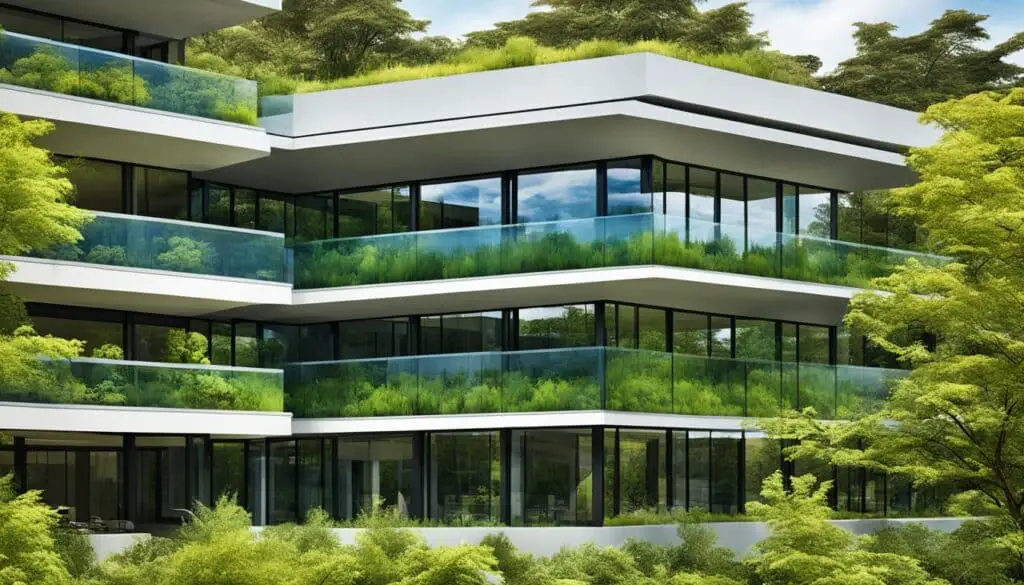
By incorporating energy-efficient glazing into their homes, individuals can create spaces that prioritize both their well-being and the planet. These windows contribute to the overall harmony and sustainability of biophilic design, allowing homeowners to enjoy the benefits of a more comfortable and energy-efficient living environment.
Customization Options in Biophilic Design
When it comes to biophilic design, customization options play a crucial role in creating spaces that truly reflect the individuality of homeowners. The ability to customize windows according to their unique preferences and architectural nuances allows individuals to transform their living spaces into personal sanctuaries that seamlessly blend the indoor and outdoor realms.
Customization options in biophilic design extend beyond basic window styles and sizes. Homeowners have the opportunity to select frame hues that complement their interior décor, choose glass motifs that evoke nature-inspired patterns, and incorporate architectural details that harmonize with the overall aesthetics of their homes.
By attending to these personalized windows, homeowners can enhance the connection between the indoor and outdoor spaces, elevating their biophilic design to another level. Customization options not only add a touch of individuality but also ensure that every aspect of the design aligns with the homeowner’s specific vision and desires.
Frame Customization
The frame of a window is more than just a structural component; it serves as a visual and aesthetic statement. Customization options allow homeowners to select frame hues that range from earthy tones to vibrant colors, enabling them to create a harmonious blend with their interior décor and the surrounding natural environment. This personalized touch adds depth and character to the overall design, further blurring the boundaries between the indoor and outdoor spaces.
Glass Motifs
Glass motifs provide a unique opportunity to infuse nature-inspired patterns into biophilic design. Whether it’s delicate leaf imprints, ethereal water droplets, or intricate floral designs, homeowners can integrate glass motifs that evoke the beauty of the natural world. These personalized windows not only enhance the visual appeal of the space but also create a sense of tranquility and harmony with the outdoors.
Architectural Details
Architectural details are an essential aspect of customization in biophilic design. Homeowners can select window styles and designs that seamlessly integrate with the overall architectural elements of their homes. Whether it’s matching the window trim to the existing molding or incorporating unique geometric patterns, personalized windows with architectural nuances take biophilic design to a whole new level of aesthetic excellence.
“With customization options in biophilic design, homeowners can transform their living spaces into personalized havens that reflect their unique personalities and desires. From frame hues to glass motifs and architectural details, every element can be tailored to create a truly immersive indoor-outdoor experience.”
By embracing customization options in biophilic design, homeowners can elevate their spaces to reflect their distinctive style, while fostering a deeper connection with nature. These personalized windows enable individuals to imprint their own personal signature on their residences and create indoor environments that are unique and tailored to their specific needs.
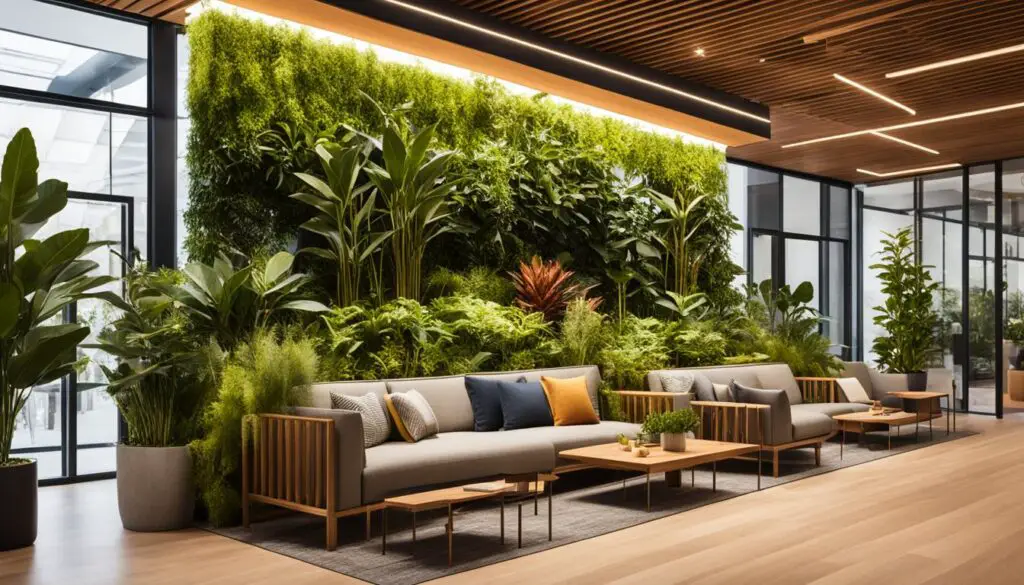
Nature-Inspired Views in Biophilic Design
One of the key elements of biophilic design is the incorporation of expansive windows that offer captivating nature views, blurring the boundaries between the indoor and outdoor realms. These expansive windows create a seamless connection with the natural environment, enabling homeowners to enjoy the beauty of nature from the comfort of their own living spaces.
By embracing the concept of nature-inspired views, homeowners are able to foster a stronger connection with the natural world. The expansive windows provide an uninterrupted panorama of picturesque landscapes, allowing individuals to feel immersed in nature even when indoors. Whether it’s the sight of a colorful garden, a serene lake, or a breathtaking mountain range, these stunning nature views create a sense of tranquility and harmony.
Expansive windows in biophilic design blur the boundaries between the indoor and outdoor realms, allowing residents to feel a deep sense of connection with nature.
Moreover, these expansive windows not only bring the beauty of the outdoors inside but also flood the interior with natural light. Natural light has numerous benefits, including boosting mood, improving productivity, and creating a sense of spaciousness. With nature views and ample natural light, biophilic design can transform living spaces into serene sanctuaries that promote overall well-being.
Wellness and Biophilic Design
Biophilic design is more than just aesthetics; it is about creating a tranquil living sanctuary that promotes well-being. By integrating elements of nature into interior spaces, homeowners can experience a sense of harmony and tranquility, even in bustling city centers. One of the key features of biophilic design is noise reduction technology, which allows individuals to enjoy a quiet and peaceful environment within their homes.
“The serenity that biophilic design brings to our living spaces is truly remarkable. By incorporating nature-inspired elements and employing noise reduction technology, we can create an atmosphere that fosters well-being and promotes tranquility.”
– Anna Thompson, Interior Designer
Noise reduction technology plays a crucial role in enhancing the living experience in biophilic design. Whether it’s the sound of traffic outside or the noise from neighboring apartments, well-designed noise reduction systems provide homeowners with the peace and quiet they need to unwind and relax.
One of the standout features of biophilic design is the use of sound-absorbing materials, such as acoustic wall panels and ceiling treatments. These materials effectively dampen external noises, creating a serene environment that allows individuals to escape from the outside world and focus on their well-being.
In addition to sound-absorbing materials, biophilic design also utilizes strategic spatial planning and layout to minimize noise disturbances. By designing rooms and spaces with noise reduction in mind, homeowners can create private retreats within their homes, where they can find solace and inner peace.
Having a tranquil living sanctuary is essential for overall well-being. Biophilic design, with its emphasis on noise reduction technology and integration of natural elements, provides homeowners with the perfect environment to unwind, relax, and connect with themselves and nature.
Benefits of Noise Reduction Technology in Biophilic Design:
- Enhanced privacy and peaceful living environment
- Promotion of relaxation and stress reduction
- Improved concentration and focus
- Increased overall well-being and happiness
Takeaways:
Biophilic design goes beyond aesthetics, focusing on creating a tranquil living sanctuary that promotes well-being. By incorporating noise reduction technology and utilizing sound-absorbing materials, homeowners can enjoy a quiet and peaceful environment, regardless of their surroundings. The integration of nature-inspired elements and strategic spatial planning further enhances the overall sense of harmony and tranquility. With biophilic design, individuals can truly create a haven within their homes and experience the many benefits it brings to their well-being.
| Noise Reduction Technology | Benefits |
|---|---|
| Sound-absorbing materials | Effective dampening of external noises |
| Strategic spatial planning | Creating private retreats within homes |
Conclusion
In conclusion, the indoor-outdoor connection in biophilic design is a powerful design approach that enhances the harmony between nature and living spaces. By incorporating sustainable materials, intelligent windows, energy-efficient glazing, and customization options, homeowners can create personalized spaces that reflect their unique style and foster a deeper connection with the natural world.
The trending window trends in biophilic design showcase a strong commitment to sustainability, as homeowners increasingly gravitate towards eco-friendly materials and energy-efficient technologies. The blurring boundaries between indoors and outdoors emphasize the importance of bringing nature into living spaces, creating environments that promote well-being and tranquility.
Advancements in technology have played a pivotal role in shaping the functionality of biophilic design. The integration of intelligent windows and home automation systems allows for seamless control of lighting, temperature, and privacy, enhancing the overall comfort and convenience of the living environment.
By staying informed about the latest window trends in biophilic design, homeowners can make educated decisions that align with their values and preferences. Whether it’s embracing sustainable materials, harnessing the power of technology, or creating customized spaces, these trends offer endless possibilities to create living spaces that promote well-being, sustainability, and a deeper connection with nature.
FAQ
What is biophilic design?
Biophilic design is an approach that incorporates natural elements and features into interior spaces to create a seamless transition between the indoors and outdoors. It promotes a sense of well-being by allowing individuals to connect with nature while enjoying the comforts of their homes.
What are sustainable materials in biophilic design?
Sustainable materials in biophilic design refer to windows crafted from recycled or sustainable materials. These materials enhance energy efficiency and diminish environmental impact, reflecting a growing desire among homeowners to incorporate eco-friendly elements into their living spaces.
What are intelligent windows in biophilic design?
Intelligent windows in biophilic design are equipped with technology that modulates tint levels based on sunlight, offers UV protection, and seamlessly integrates with home automation systems. These smart windows enhance convenience and contribute significantly to energy conservation, creating a more sustainable and comfortable living environment.
What is energy-efficient glazing in biophilic design?
Energy-efficient glazing in biophilic design involves the use of double and triple-glazed windows that curtail heat loss, amplify insulation, and contribute to a more congenial indoor atmosphere. Homeowners recognize the long-term cost savings associated with reduced energy consumption, making energy-efficient glazing a popular choice in biophilic design.
Are there customization options in biophilic design?
Yes, customization options are highly valued by homeowners in biophilic design. They seek windows that align with their distinctive preferences and architectural nuances. From frame hues to glass motifs, customization options empower individuals to imprint a personal signature on their residences, making the indoor-outdoor connection in biophilic design truly unique and tailored to their specific needs.
Why are expansive windows important in biophilic design?
Expansive windows in biophilic design offer sweeping views of the outdoors, blurring the boundaries between the indoor and outdoor realms. Homeowners are increasingly embracing this concept to foster a stronger connection with nature and create a sense of tranquility and harmony within their living spaces.
How does biophilic design promote wellness?
Biophilic design promotes well-being by creating a tranquil living sanctuary. It incorporates features like noise reduction technology, allowing homeowners to enjoy a quiet and peaceful environment even in bustling city centers. By integrating elements of nature into interior spaces, biophilic design enhances the overall well-being of individuals and creates a sense of harmony and tranquility.
What are the key window trends in biophilic design?
The key window trends in biophilic design include the use of sustainable materials, intelligent windows, energy-efficient glazing, and customization options. These trends are driven by a desire for sustainability, technology integration, and overall functionality, allowing homeowners to create spaces that promote well-being and harmony with nature.



